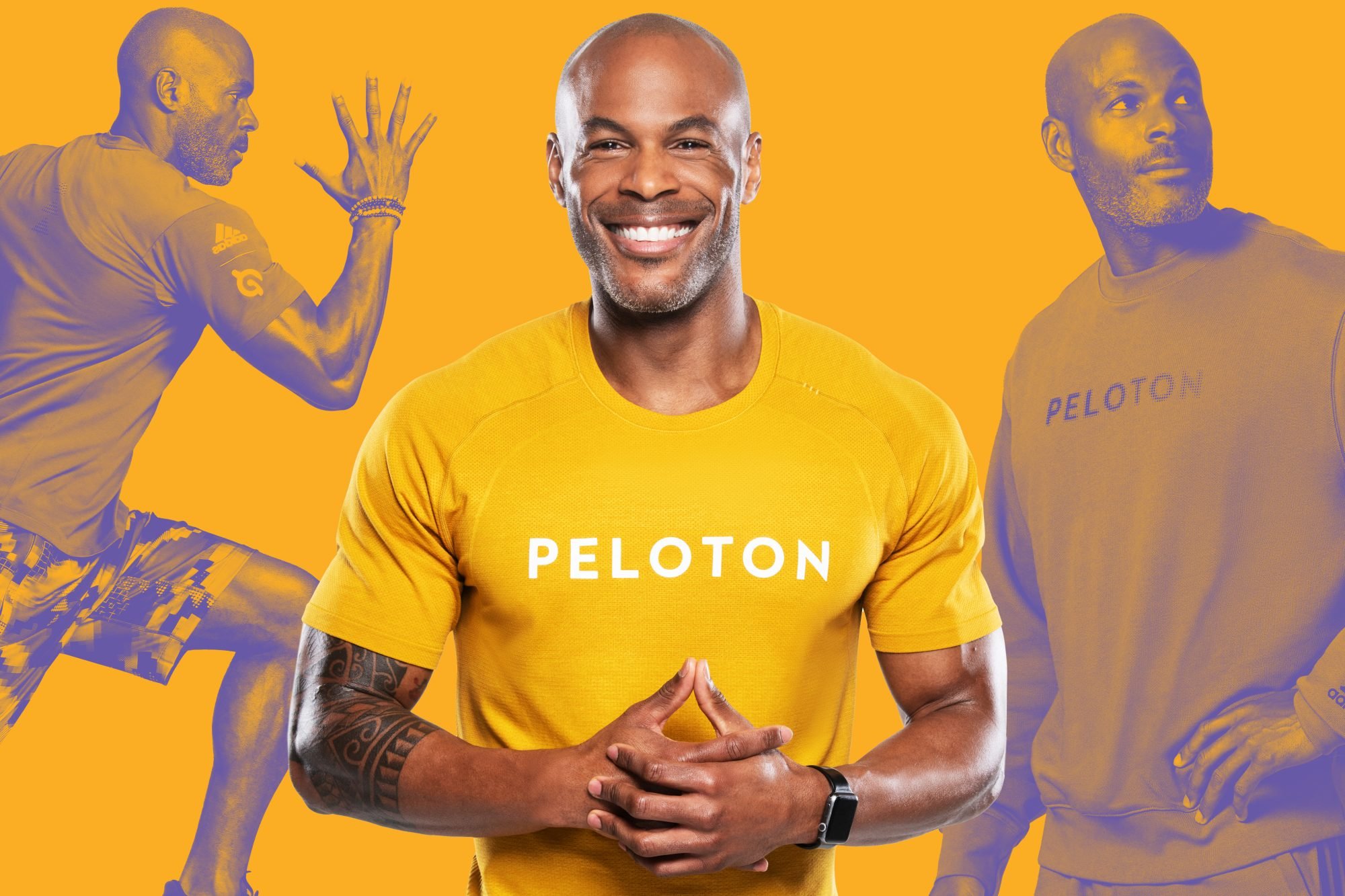When is endorsing unhealthy food going to get its “cringe” moment?
How TikTok, Walmart, and the US Government influence our food choices
-

The rise and fall of the Marlboro Man
Between 1900 and 1965, consumption of cigarettes in the US rose more than 8,700%. By the 1920s, researchers began to focus on the health consequences of smoking. It took until 1964 for the US Surgeon General to present evidence that among men who smoke cigarettes, the death rate from lung cancer was 1,000% higher than among nonsmokers. Annual deaths from lung cancer rose 3,400% from 1935 to the mid 1980s, when it was the most prevalent cause of cancer deaths. It was not until early 1990 that cigarette smoking was banned from airline flights and the Marlboro Man was indecorous, or as my nine year old would say: he was “cringe.”
Today, we see similar warning signs all around us related to food and diet-driven chronic disease. For example, the US population consumes more than 300% of daily recommended amount of added sugar. No surprise then that since 1990, obesity rates among US adults have increased from 12% to 42%. When is the endorsement of sugar going to have its cringe moment in US culture?
-

TikTok towers over rivals to engage consumers, and no where more than in food
In Food, TikTok is 15x more engaging than its closest rival, Instagram. Globally in 2022, brands are expected to triple digital advertising investment to $12B. Brands and agencies are allocating more of this spend to TikTok everyday - it is a proven influence machine.
In December 2021, the New York Times published The Era of the Celebrity Meal highlighting a series of recent celebrity partnerships that have been wild successes for fast-food chains. Charli D’Amelio is a TikTok star with 80M fans and is endorsing a drink at Dunkin’ with 60g of added sugar – more than the daily 50g limit the USDA set in its Dietary Guidelines for Americans. Justin Bieber’s donut hole snack Timbiebs are another example of the highly effective celebrity tactic to attract and build loyalty with young customers. This added sugar endorsement is troublesome as we think of young customers forming habits and associations with these foods and unhealthy, long term behaviors.
-

Celebrity culture promotes sugar and chronic disease
In September 2020, Lebron James ended his 17-year relationship with Coca-Cola and the Sprite brand, which was estimated to sell more than 1 billion spoons of added sugar. Lebron recently launched a Pepsi-owned energy drink, Mountain Dew Rise, which features mental boost and immune supporting properties in addition to 0g of added sugar. Instead of added sugar, Mountain Dew Rise relies on sweeteners like acesulfame potassium, which in 2017 was linked to gut microbiome alterations and weight gain. More recently, acesulfame potassium was shown to disrupt the liver’s ability to cleanse the body of toxins, drugs, and drug metabolites.
During the launch of Mountain Dew Rise, Lebron said, “Pretty much all the partnerships and things that I do at this point has always something to do with my foundation and making sure we continue to highlight my community and other communities that need a voice, need an opportunity.” The Lebron James Family Foundation has done great work, serving more than 1,000 students from Ohio. What I would like to see is Lebron’s foundation add an impact pillar around forming healthy eating habits. The size of the prize is too big to ignore. US consumers spend roughly $1.2 trillion dollars a year on food. For every $1 the US spends on food, the US and economy lose an additional $2 to healthcare costs and lost productivity. Back in Lebron’s hometown of Akron, OH their Children’s Hospital found 54% of all 6 to 12-year-old children were overweight or obese compared to the 36% national average. There is an opportunity to connect these dots and do better.
-

US Government is slowly questioning food’s role in health outcomes
In May 2022, the Biden Administration confirmed the White House Conference on Food, Nutrition, Hunger, and Health would convene this September for the first time since the Nixon Administration.
Last summer, the Biden Nixon Administration increased USDA Supplemental Nutrition Assistance Program (SNAP) spending by an average of 27% above pre-COVID levels. And yet, US consumers are eating themselves into food-driven chronic diseases that cost the US $600 billion in annual healthcare costs. The math doesn’t add up.
The US Government may play a positive, proactive role in improving our country’s response to current food-driven risks, but I don’t see us on that track. There’s apparently a long running joke among FDA officials: The “F” in FDA is silent.
The House Hunger Caucus is having encouraging conversations between US Government and private sector stakeholders but progress is slow. It is clear that food-driven diseases claim 500,000 American lives a year, but how can the US government reinforce the talking points that “Food as Medicine makes economic sense” and “is good for the bottom line”?
Retailers and Manufacturers are inconsistent on consumer health values
It’s also clear that the burden of eating healthy food rests squarely on the consumer. More than 9 in 10 consumers cannot make healthy choices from front-of-pack labeling. A cumbersome 4-page checklist of meal plan considerations, which is representative of the nutrition help consumers are offered today, is insufficient. Even though new technologies make integrating personalized insights about the impact foods have on our body more accessible, the consumer is still ultimately responsible to ingest personalized insights, plan accordingly, and act consistently.
When you consider the convergence of food commerce on social and retail platforms the burden is even more complex on the consumer to sort out healthy choices. Looking through a big picture lens, it is promising that brands target me on Instagram with messages of nutrition differentiation. In the rapidly growing walled gardens of retailer digital advertising, the message is less clear. In parallel, celebrated Walmart and Kroger initiatives exist to connect customers with products that support positive health and wellness outcomes, and at the same time these retail platforms are cashing in on big brand search term buys, creating a conflicting reality. Walmart launched its digital advertising platform in August 2021 and generated $1.6 billion in ad sales. What this means for Walmart’s customer is when I search for “healthy snack” on Walmart.com, I see Slim Jim as a top 5 search result. On Kroger.com when I search for “healthy breakfast” I see an exclusive set of KIND products. This is interesting, in part, given the FDA’s 2015 ruling that KIND remove “healthy” from its product labels. “Healthy breakfast” is an unregulated term in advertising search terms. As their digital advertising marketplaces mature, retailers will need to think through how ad monetization and corporate values for healthy eating align across its buying channels.
Digital health products offer consumers a healthy path forward
It’s not all bad. Peloton’s Adrian Williams comes to mind. He inspires his Thundersquad community to have fun while reminding his audience that improving health and fitness is a secondary priority. What Adrian taps into is how critical a mental health baseline is in helping people make healthy choices. It’s great to see Adrian demonstrating his own healthy food prep on his Instagram @adrianwilliamsnyc.
Food is personal, and we should take it more personally. It’s about equity, opportunity, and motivation. Food has the power to fuel us by delivering measurable advantages to be mentally and physically healthier. Peloton teaches its community to be where you are and trust your ability, “breathe in doubt and exhale confidence.”
I see a growing ecosystem of tech innovations starting to take a leadership role in orchestrating all of the inputs to help consumers confidently make food-driven decisions to improve mental and physical health.
Paceline is a consumer financial partner that believes “you should get paid to be healthy”.
Noom has demonstrated clear consumer demand for digital nudges to achieve and sustain weight goals.
Well is a health insurance organization that partners with employers to incent and reward workforces to make incrementally healthier decisions such as receiving a day off of work for seeing a doctor or reducing sugar intake.
And Soul Machines is an AI avatar company. One of the offerings they are designing is a healthcare avatar. It will be interesting to see how health centric avatar interactions grow within gaming and Metaverse experiences. I see value in creating an avatar experience where consumers ask about food-related health questions and confirm if food purchases are in line with their health goals.
Today, healthy food choices are up to you and me.
Progress in food is multifaceted. Innovation across celebrity, government, and technology is happening, but the lack of coordination across efforts still leaves too much of the day-to-day solution on the consumer. I’d like to see celebrities and athletes view nutrition as a key ethics pillar and align their endorsements accordingly. Charli, Justin, and Lebron have the power to inspire their followers to take ownership of their daily food and nutrition decisions. I see a thriving innovation market identifying preventative health-focused solutions. What we don’t yet have is a platform to integrate the inputs and make planning and decision making about nutrition easier, more accessible, and more rewarding. Consumer attention and innovation will mature in this decade to a place where it’s easier for people to eat their way to a healthier life.


